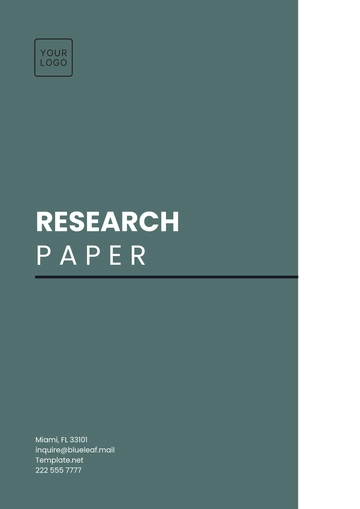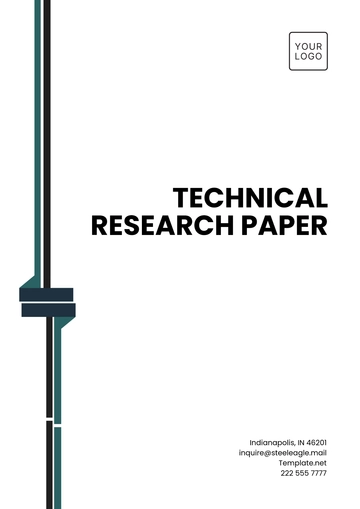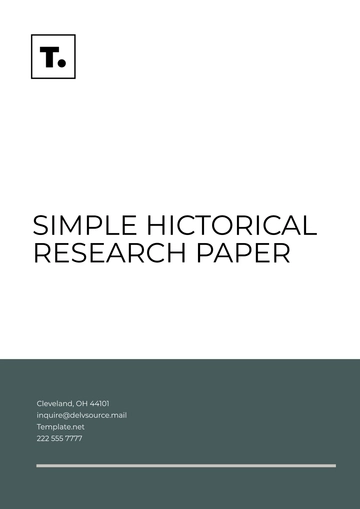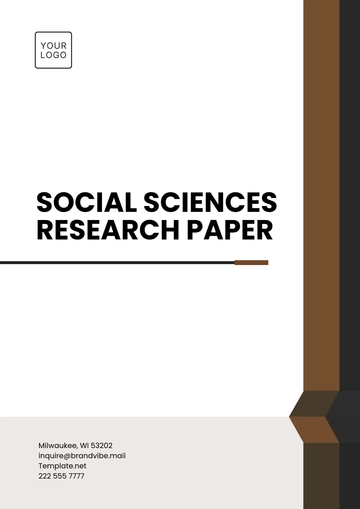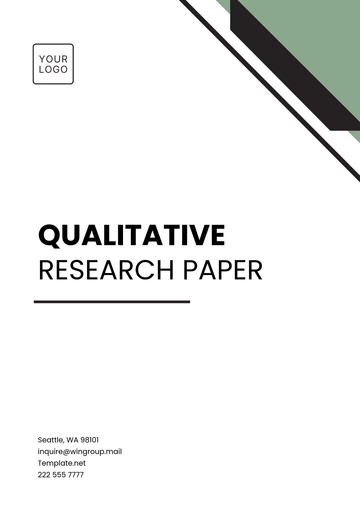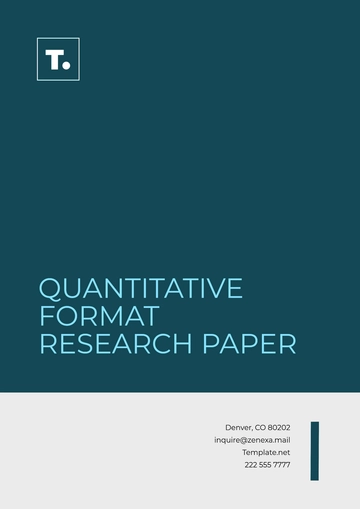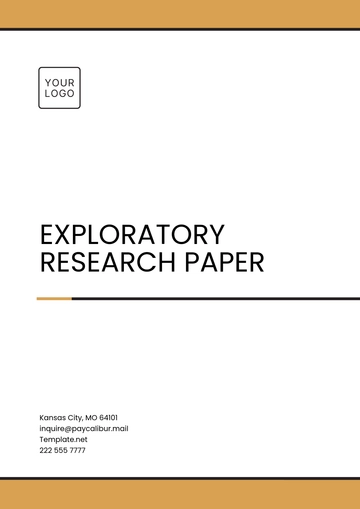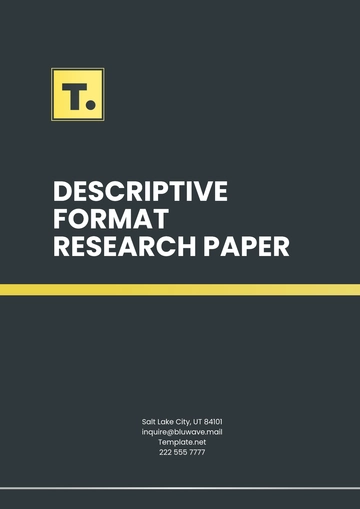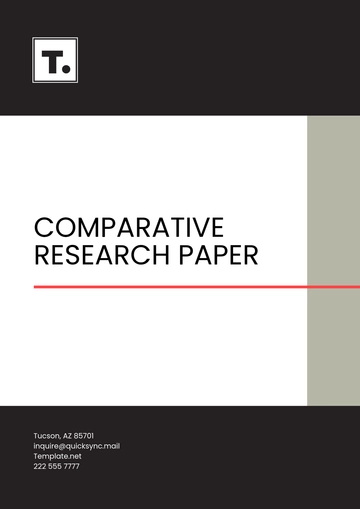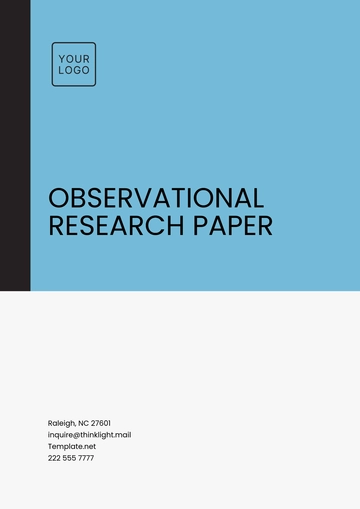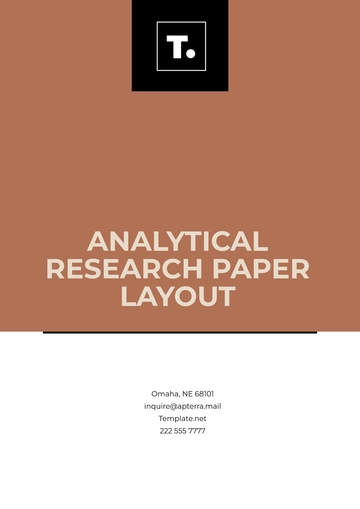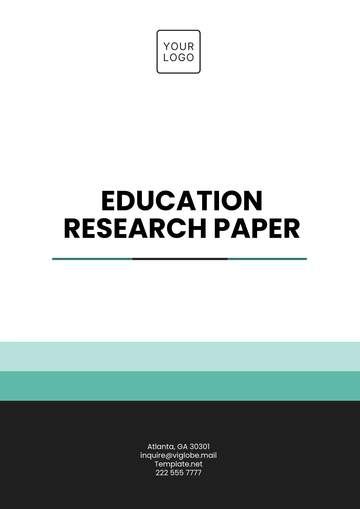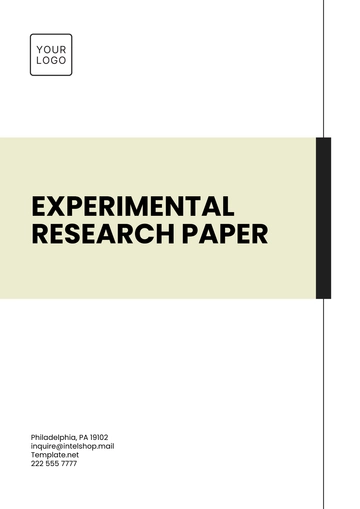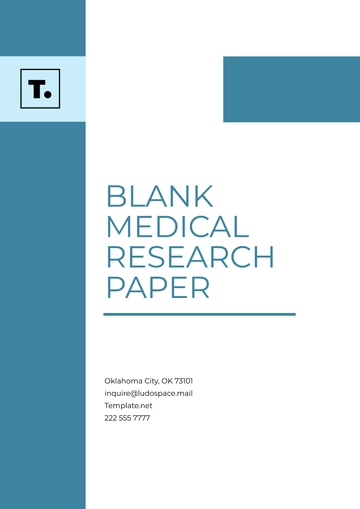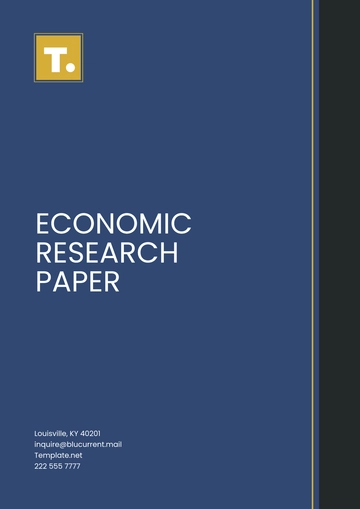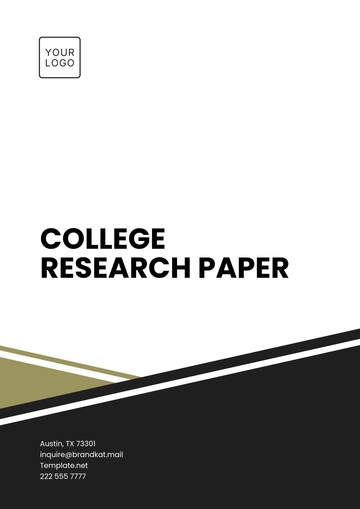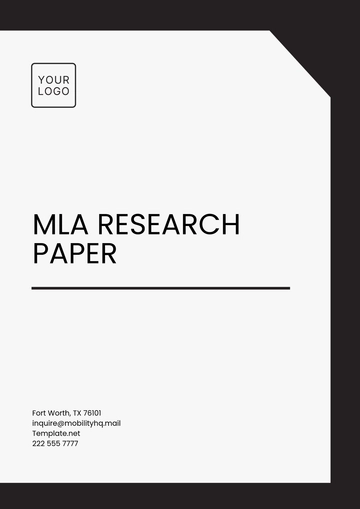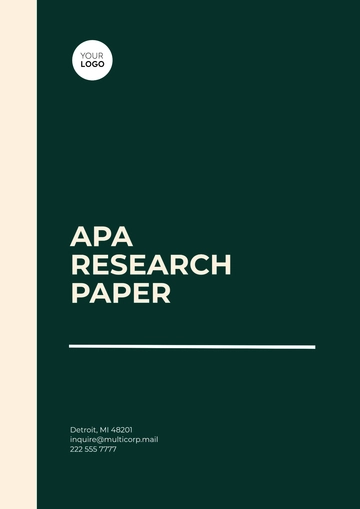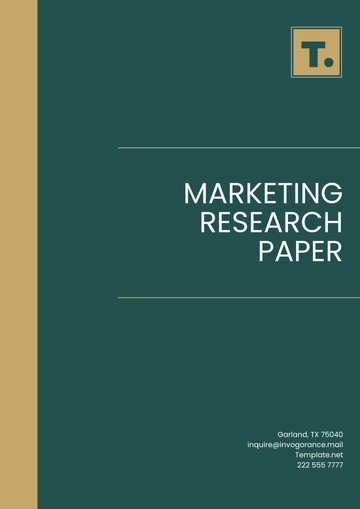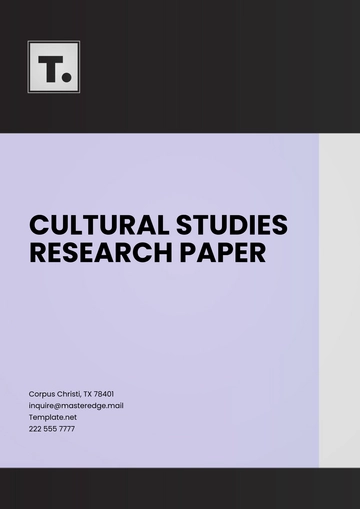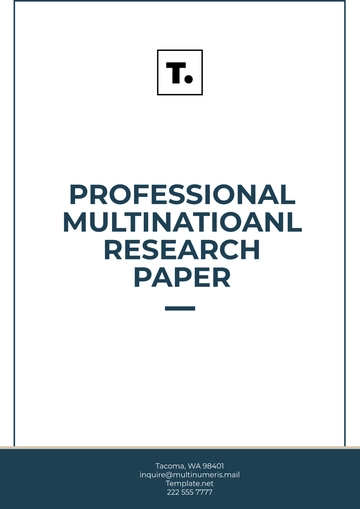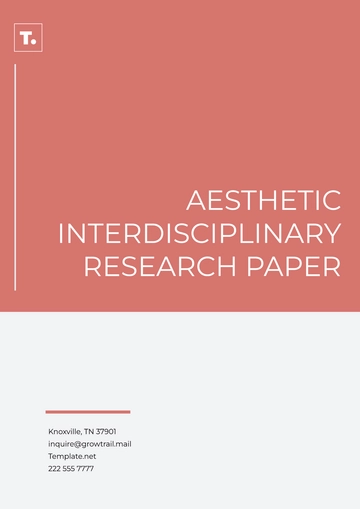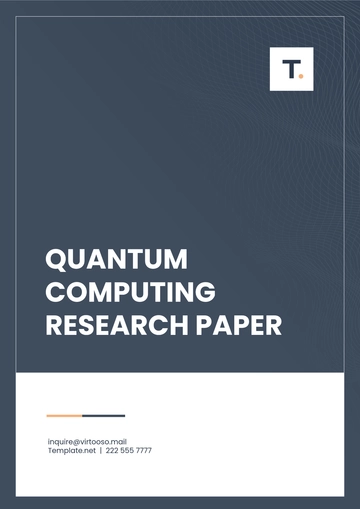Free Educational Research Problem
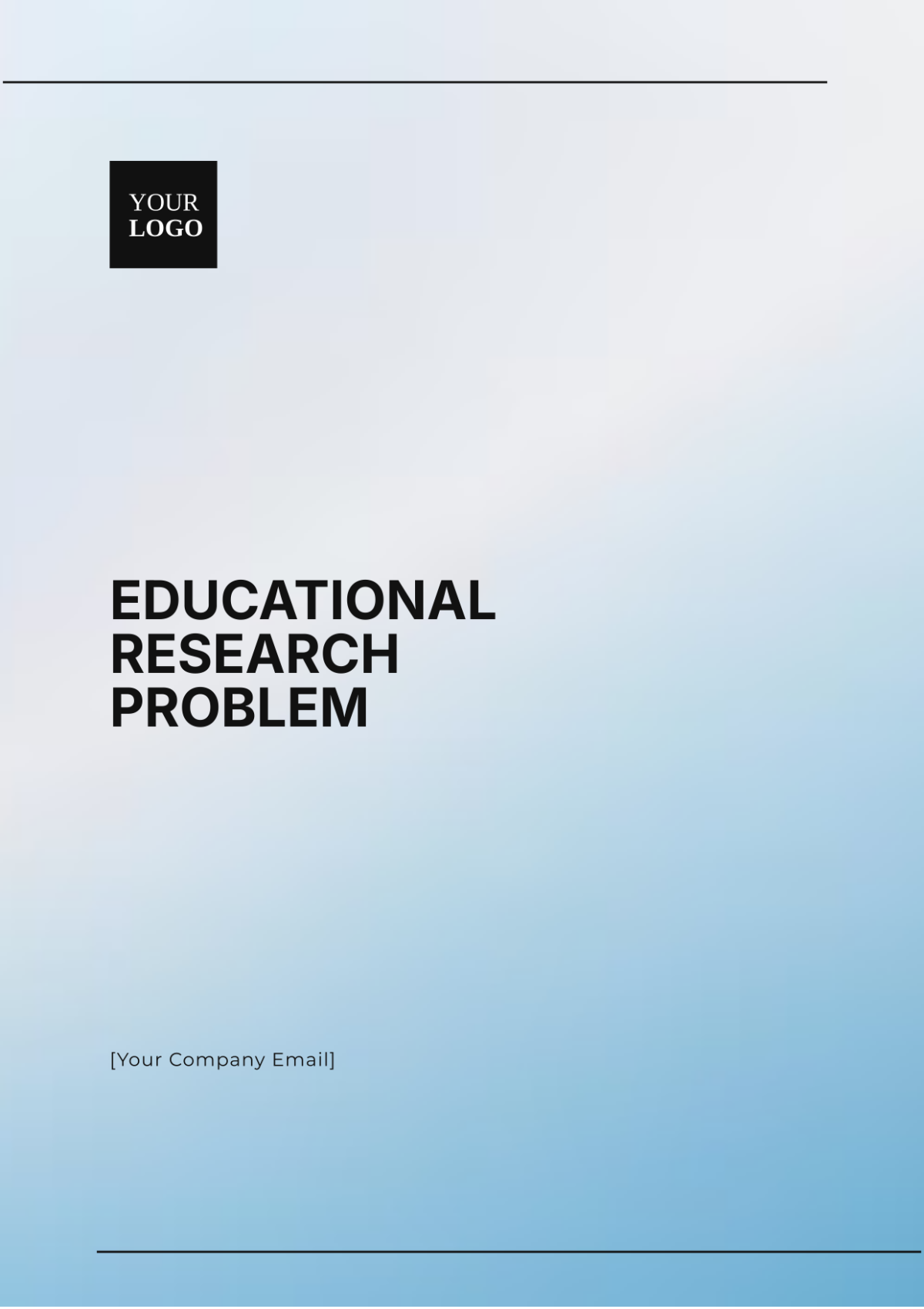
Prepared by: [Your Name]
Date: [Date]
1. Introduction
In the rapidly evolving digital landscape, the ability to navigate and utilize digital tools effectively has become crucial. This research explores the need to enhance digital literacy in secondary education to prepare students for future challenges. The study aims to identify current gaps in digital literacy education and propose strategies for improvement.
2. Background
Digital literacy encompasses a range of skills, including the ability to use digital tools, understand online safety, and critically evaluate digital information. Historically, secondary education has focused more on traditional literacy skills, with digital literacy receiving limited attention. Previous studies, such as Smith & Johnson (2050), have highlighted the importance of integrating digital literacy into the curriculum but have not provided comprehensive strategies for implementation.
3. Research Problem Statement
The primary research problem is: "How can secondary education curricula be adapted to effectively enhance digital literacy among students?" This study aims to address the lack of systematic approaches to integrating digital literacy into secondary education and identify best practices for curriculum development.
4. Objectives
Assess Current Digital Literacy Levels: Evaluate the existing levels of digital literacy among secondary school students.
Identify Gaps in Curriculum: Analyze current secondary education curricula to identify gaps in digital literacy instruction.
Develop Recommendations: Propose evidence-based strategies to integrate digital literacy into secondary education.
Pilot Implementation: Test the proposed strategies in selected schools and assess their effectiveness.
5. Methodology
This research will employ a mixed-methods approach:
Quantitative Analysis: Surveys will be conducted with secondary school students and teachers to assess current digital literacy levels and curriculum gaps.
Qualitative Analysis: Focus groups with educators and curriculum developers will provide insights into challenges and opportunities for integrating digital literacy.
Case Studies: Pilot programs will be implemented in a sample of schools to evaluate the effectiveness of proposed strategies.
6. Expected Outcomes
The research is expected to provide a comprehensive understanding of current digital literacy levels and curriculum gaps. The proposed strategies are anticipated to enhance digital literacy instruction in secondary education, leading to improved student outcomes in digital competencies. The findings will offer practical recommendations for educators and policymakers to better prepare students for a digital future.
7. Conclusion
This research addresses a critical need to modernize secondary education by integrating digital literacy into the curriculum. By identifying gaps and proposing effective strategies, the study aims to contribute to the development of a more robust educational framework that equips students with essential digital skills for the future.
8. References
Smith, A., & Johnson, L. (50). Integrating Digital Literacy into Secondary Education: A Review of Current Practices. Journal of Educational Technology.
Brown, M. (2053). Curriculum Development for the Digital Age. Future Education Review.
- 100% Customizable, free editor
- Access 1 Million+ Templates, photo’s & graphics
- Download or share as a template
- Click and replace photos, graphics, text, backgrounds
- Resize, crop, AI write & more
- Access advanced editor
Unlock seamless research planning with the Educational Research Problem Template from Template.net. This fully customizable and editable template allows you to tailor every detail to your needs. Easily refine your research objectives using our AI Editor Tool, ensuring a professional and precise approach to your educational research projects. Perfect for educators and researchers alike!
